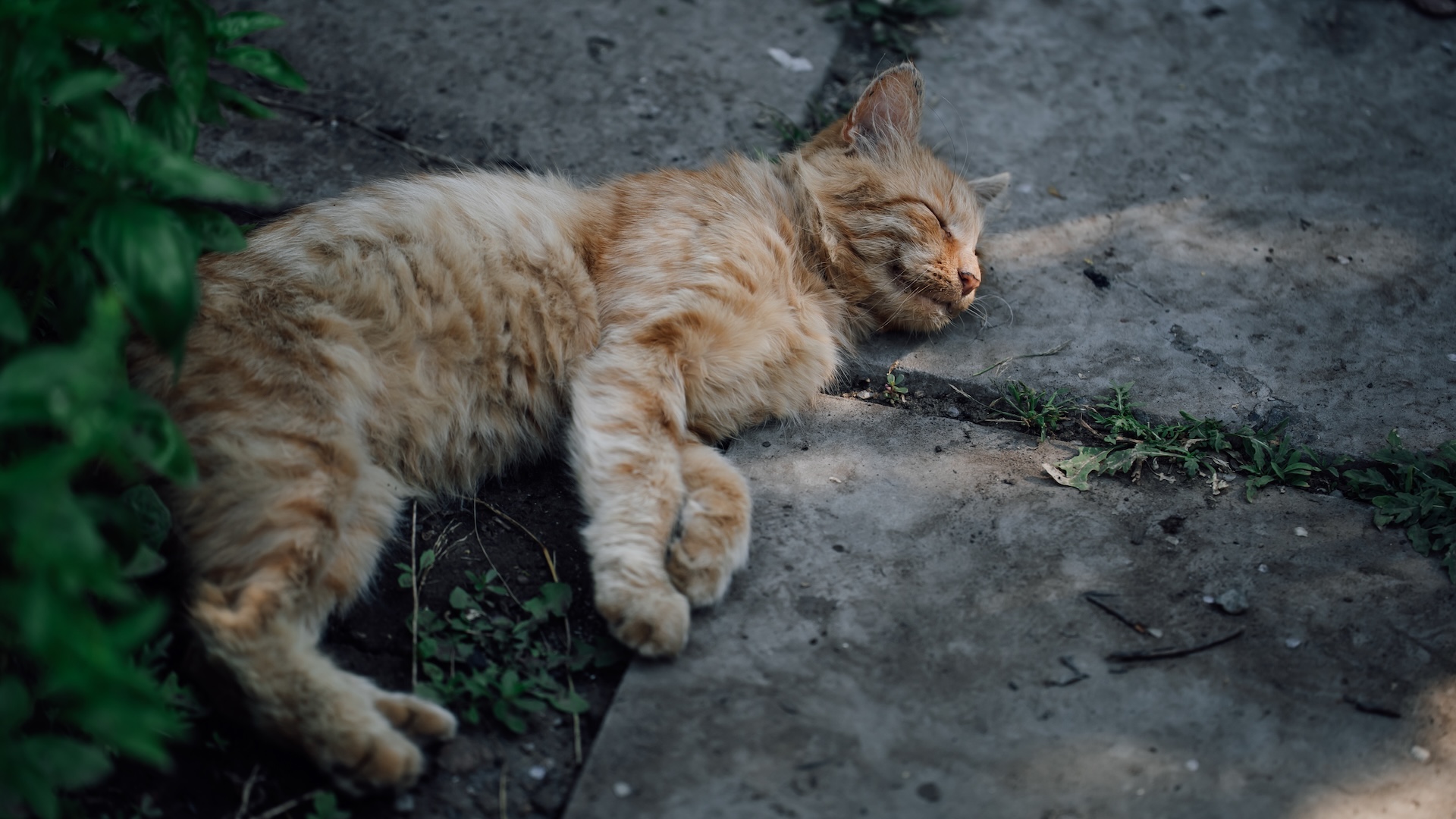
Here's how the COVID-19 pandemic could play out over the next two years
A new report outlines three potential scenarios for how the COVID-19 pandemic could unfold.

Although no one yet knows what the future holds for COVID-19, most experts seem to agree that it isn't going away anytime soon. Indeed, a new report estimates that the pandemic will likely last about two years.
The report, from researchers at the University of Minnesota, draws on information from eight previous flu pandemics going back to the 1700s, and incorporates data from the current COVID-19 pandemic.
The authors note that the new coronavirus, called SARS-CoV-2, is not a type of influenza, but it shares some similarities with pandemic flu viruses — both are respiratory viruses to which the population has little to no previous immunity, and both can spread when people don't have symptoms. Still, the virus causing COVID-19 appears to spread more easily than the flu, and asymptomatic transmission may account for a greater proportion of COVID-19's spread, compared with the flu.
Related: How does the new coronavirus compare with the flu?
Given how easily SARS-CoV-2 spreads, about 60% to 70% of the population may need to be immune in order to achieve "herd immunity" and bring a stop to the pandemic, the authors said. This will take time, since a relatively small fraction of the U.S. population seems to have been infected so far (although infection rates vary by location), according to studies looking at antibodies to SARS-CoV-2 in blood samples.
The report then outlines three potential scenarios for how the COVID-19 pandemic could play out.
- Scenario 1: In this scenario, the current wave of COVID-19 cases is followed by a series of smaller waves, or "peaks and valleys," that occur consistently over a one- to two-year period, but gradually diminish sometime in 2021.
- Scenario 2: Another possibility is that the initial wave of COVID-19 in the spring of 2020 is followed by a larger wave of cases in the fall or winter, as happened with the flu pandemic of 1918. Subsequently, one or more smaller waves could occur in 2021.
- Scenario 3: Finally, the initial spring wave of COVID-19 could be followed by a "slow burn" of COVID-19 transmission and cases that doesn't follow a clear wave pattern, the authors said.
During new "waves" of cases, areas may need to periodically reinstate and relax mitigation measures, such as social distancing, to prevent the health care system from being overwhelmed with cases, the authors said.
Get the world’s most fascinating discoveries delivered straight to your inbox.
Regardless of which scenario unfolds, "we must be prepared for at least another 18 to 24 months of significant COVID-19 activity, with hot spots popping up periodically in diverse geographic areas," the authors concluded.
- The 12 deadliest viruses on Earth
- 20 of the worst epidemics and pandemics in history
- 13 Coronavirus myths busted by science
Originally published on Live Science.
OFFER: Save 45% on 'How It Works' 'All About Space' and 'All About History'!
For a limited time, you can take out a digital subscription to any of our best-selling science magazines for just $2.38 per month, or 45% off the standard price for the first three months.

Rachael is a Live Science contributor, and was a former channel editor and senior writer for Live Science between 2010 and 2022. She has a master's degree in journalism from New York University's Science, Health and Environmental Reporting Program. She also holds a B.S. in molecular biology and an M.S. in biology from the University of California, San Diego. Her work has appeared in Scienceline, The Washington Post and Scientific American.

